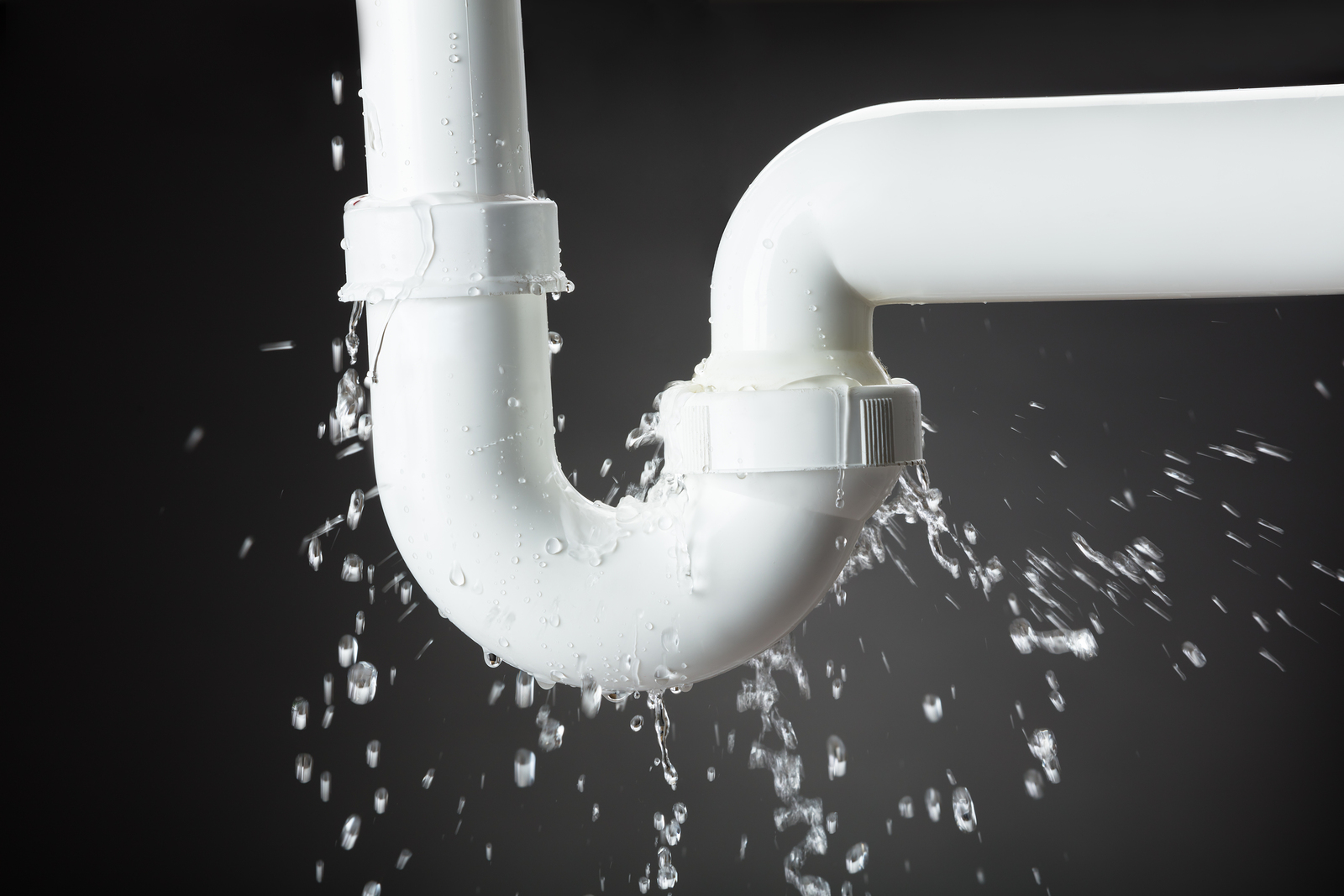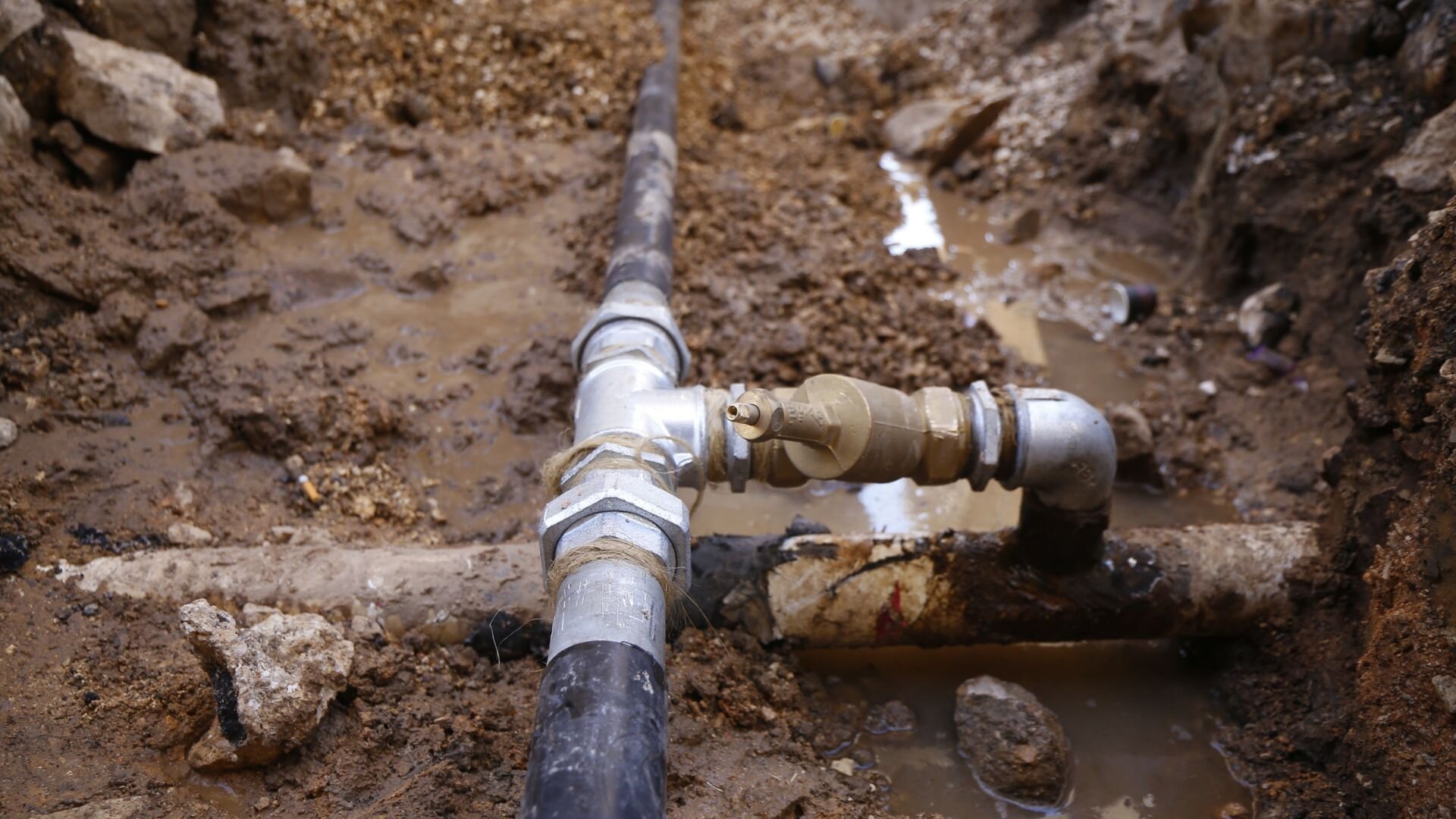Signs of a Burst Pipe: How to Identify and Address the Issue Before It Escalates
Signs of a Burst Pipe: How to Identify and Address the Issue Before It Escalates
Blog Article
Stopping Ruptured Piping: Essential Tips to Protect Your Plumbing
Protecting against burst pipelines is a critical issue for property owners, specifically throughout cooler months when the threat of cold is enhanced. Implementing tactical procedures such as correct insulation, routine examinations, and maintaining consistent interior temperatures can considerably lower the likelihood of pipeline failing. Additionally, comprehending emergency situation treatments gears up property owners to react promptly to possible plumbing problems. Numerous are uninformed of the particular susceptabilities that their pipes may face. Exploring these vulnerabilities can offer indispensable understandings right into protecting your pipes system properly.
Understand Pipeline Vulnerabilities
Understanding pipeline susceptabilities is vital for reliable pipes upkeep and protecting against expensive damages. A number of factors add to the vulnerability of pipes to ruptureds, including material composition, age, and ecological conditions. Older pipes, particularly those made from galvanized steel or polybutylene, commonly break down with time, leading to raised danger of leaks and tears.
Temperature level variations can also dramatically effect pipeline stability. In colder climates, water caught in pipelines can ice up, applying and expanding stress on the pipe wall surfaces, which may eventually lead to a ruptured. High water pressure can strain pipelines, particularly at joints and bends, enhancing the chance of failing.

Insulate Pipeline Correctly
Correct insulation of pipes is essential for stopping freezing and succeeding ruptureds during cold weather condition (burst pipe). Protecting your plumbing system efficiently safeguards versus temperature level goes down that can cause expensive damages. Begin by determining susceptible areas where pipelines are revealed to exterior temperatures, such as cellars, attics, and exterior walls
Usage foam pipe insulation sleeves or wrap insulation tape around these areas to offer a protective barrier. Ensure that all sections of the pipelines, especially those with restricted warmth exposure, receive sufficient insulation. Pay unique attention to joints and fittings, as these are extra vulnerable to cold.
When protecting, it's vital to pick products that meet neighborhood building ordinance and are proper for the details atmosphere. As an example, fiberglass insulation is often advised for its thermal resistance residential or commercial properties - burst pipe. Additionally, consider utilizing warm cords or tape in severe problems, which can be plugged in to provide extra warmth
Routinely inspect insulated pipelines for any signs of wear or damage, as endangered insulation can lessen its efficiency. By taking these aggressive procedures, you significantly decrease the threat of pipe bursts, ensuring a trustworthy plumbing system throughout the winter season.
Maintain Consistent Temperature
A secure interior temperature is vital for stopping burst pipelines during the cold months. When temperature levels drop, click this site water within pipes can freeze, increasing and developing stress that might inevitably cause the pipelines to burst.Utilizing a programmable thermostat can help take care of indoor temperature levels properly, making sure that areas with pipes continue to be warm even when the home is unoccupied.
This minor circulation of water can avoid freezing by minimizing stress within the pipelines. By applying these methods, homeowners can dramatically decrease the danger of pipeline ruptureds and guard their pipes systems versus the extreme winter components.
Routinely Evaluate Pipes
Normal examinations of pipes systems are essential for preventing burst pipelines and keeping overall home integrity. Routine checks permit homeowners to determine possible concerns before they intensify into costly repair services or significant water damage. During these examinations, it is essential to analyze noticeable pipelines for indicators of deterioration, leakages, or use. Pay special interest to areas susceptible to freezing, such as cellars, attic rooms, and exterior wall surfaces.
Furthermore, examining links and this website joints is essential, as these points are often vulnerable to leakages. Homeowners must also assess water pressure degrees, as excessive pressure can strain the pipes system and increase the danger of pipeline ruptureds.
Take into consideration scheduling expert pipes examinations at least as soon as a year, especially prior to wintertime, to ensure your system is prepared for cooler temperatures. By being positive in your strategy, you can guard your home against the disruptive and pricey consequences of burst pipelines.
Know Emergency Treatments
Comprehending emergency situation treatments is crucial for every single homeowner, specifically after conducting routine pipes inspections. Being planned for a pipes emergency situation can significantly mitigate damage and conserve expenses. Initially, locate your major water shut-off valve; it is commonly discovered near the water meter or where the main line enters your home. Acquaint on your own with its operation, as closing off the water supply quickly can prevent considerable flooding.
Following, maintain vital devices convenient. A pipes emergency situation kit need to include a wrench, bettor, and towels, along with a flashlight and a container for small leakages. Furthermore, take into consideration having the contact information for a trusted plumbing professional easily offered, needs to the scenario rise past your control.
If you detect a leakage or ruptured pipe, promptly switch off the water and notify your plumbing professional. Additionally, document the damage with pictures for insurance coverage objectives. burst pipe. Be mindful of the indicators of potential pipes problems, such our website as unusual water pressure changes or damp areas on walls
Inevitably, proactive expertise and swift activity are important in taking care of plumbing emergencies, guaranteeing your home stays secured and reducing possible damage.

Verdict
In conclusion, protecting against ruptured pipelines requires a diverse strategy that consists of understanding pipeline susceptabilities, appropriate insulation, keeping regular interior temperatures, regular examinations, and understanding of emergency procedures. By applying these necessary approaches, the risk of pipes failings can be considerably decreased, thereby guaranteeing the longevity and efficiency of the pipes system. Aggressive procedures not just safeguard against potential damages however also add to total water preservation and the defense of building.
In colder environments, water trapped in pipes can ice up, broadening and applying pressure on the pipe wall surfaces, which might ultimately lead to a ruptured. When temperatures decline, water within pipes can ice up, creating and expanding stress that might ultimately trigger the pipes to ruptured. By applying these techniques, house owners can significantly lower the risk of pipe ruptureds and protect their plumbing systems versus the extreme winter aspects.

Report this page